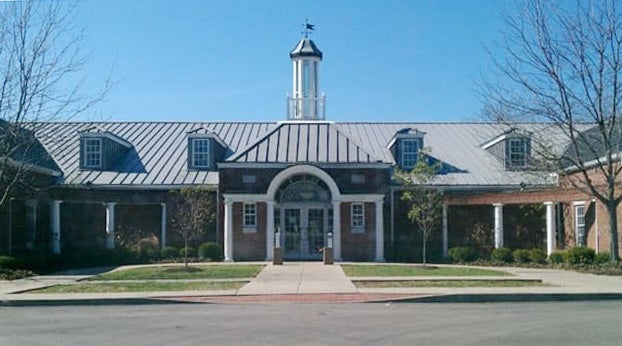Enoch: Last Commander of Fort Fremont Capt. Charles D. Winn
Published 12:00 pm Saturday, May 20, 2023
|
Getting your Trinity Audio player ready...
|
By Harry Enoch
Contributing Writer
I had just heard of Fort Fremont last week at yoga class when Vincent and Zella Rosenthal handed me a Friends of Fort Fremont newsletter they brought back from their South Carolina vacation. The fort, erected by the U.S. Army Corps of Engineers in 1899, formed part of the coastal defenses built during the Spanish-American War period. Located on Saint Helena Island near Beaufort, South Carolina, it sits across the bay from Hilton Head Island. The fort was manned by about 100 personnel on a 170-acre reservation.
The fortification’s primary weapon consisted of three 10-inch “disappearing breech-loaded cannons.” The guns were advanced technology for that period in history. To fire on a target, they were raised up; after firing, they dropped back down out of sight from enemy ships. The 10-inch cannons were manufactured in Bethlehem, Pennsylvania, then shipped in sections to an armory on the Hudson River, where they were further tempered and assembled into a single tube. The barrels weighed 33 tons, and the process took nine months in all. The ordinance included 650-pound armor-piercing shells and 600-pound explosive rounds. The Beaufort Gazette described witnessing the firing of the cannons: “Blue grey muzzles appeared ominously above the grass covered embankment. Then a deafening boom shook heaven and earth. When [the shell] splashed down, it sent a geyser hundreds of feet in the air.”
Fort Fremont was deactivated in 1912. Two of the 10-inch guns went to France during World War I, and one went to Sandy Hook Proving Ground, New Jersey, and was eventually scrapped. In October 2004, the Trust for Public Land and the Beaufort County Council paid two private landowners $5.4 million for the property to create the Fort Fremont Historical Park. Today the Friends of Fort Fremont maintain the property and operate a history center with a scale model of the ten-inch cannons.
Vince and Zella gave me the newsletter because it featured an article about the fort’s last commander: Capt. Charles Winn who was born in Winchester. Charles D. Winn (1871-1942) was the son of William and Patty Poston Winn. The Winns were an influential family in Winchester. William was a saddler and also kept a hardware store on Main Street. Among their kinsmen, Robert Winn was the first president of Citizens National Bank, and James Winn operated the “Winn Furniture Company and Undertaking.”
Charles Winn graduated from Virginia Military Institute at age 22, then returned home to serve as captain of the 2nd Kentucky Volunteer Infantry. The unit mustered into service in 1898 during the Spanish-American War, but the war ended before they deployed overseas. The Army installed Captain Winn as commanding officer at Fort Fremont, where he served from 1909 until the base closed. In 1918 Winn fought with the American Expeditionary Forces in France. He participated in the Oise-Aisne, Meuse-Argonne, Champagne, and Lorraine campaigns and earned a Distinguished Service Medal. He emerged from the war as a lieutenant colonel at 46.
Winn retired from the service in 1930 and resided in Oakland, CA. His wife, Elizabeth Keene Winn, died seven years later. Winn returned to Winchester and lived at 290 South Main Street. He passed away at Walter Reed Hospital on July 31, 1942. He and his wife are buried in Arlington National Cemetery.





